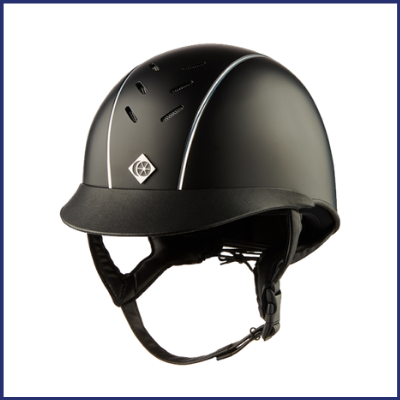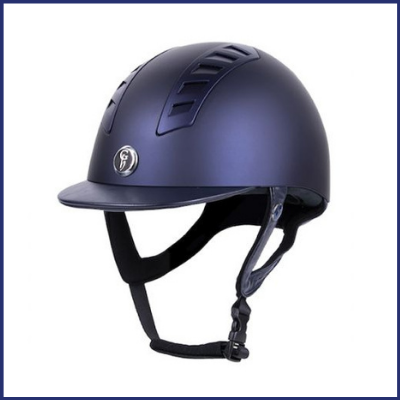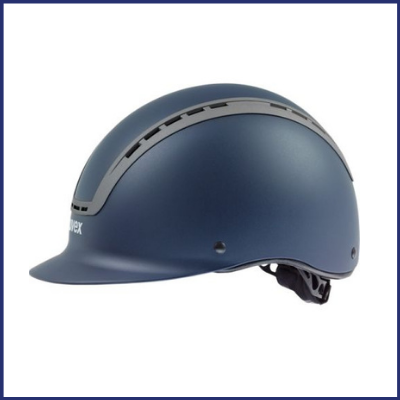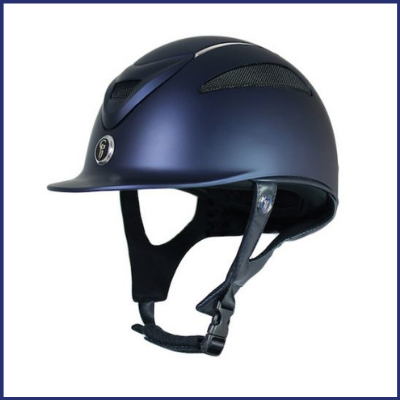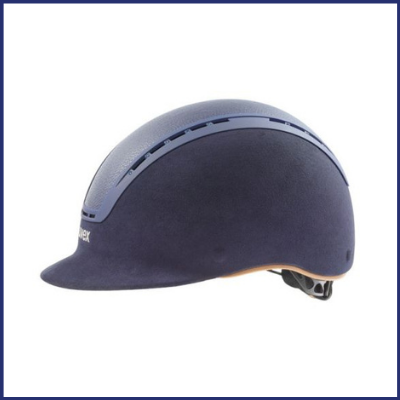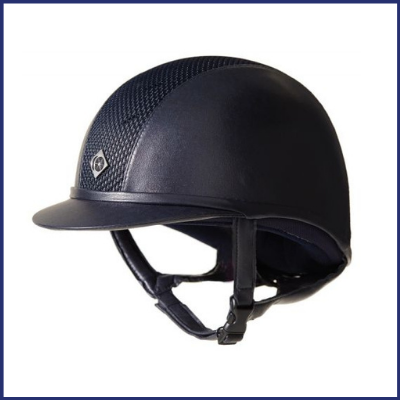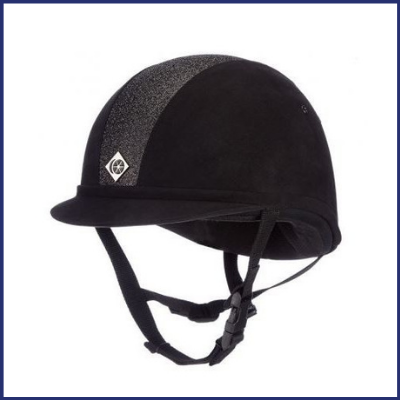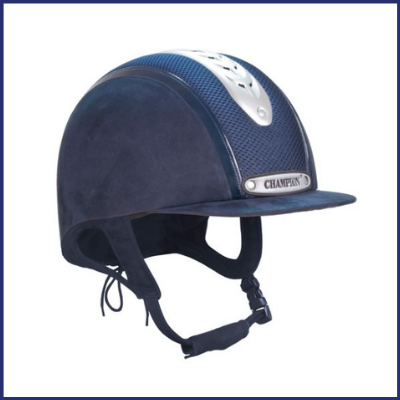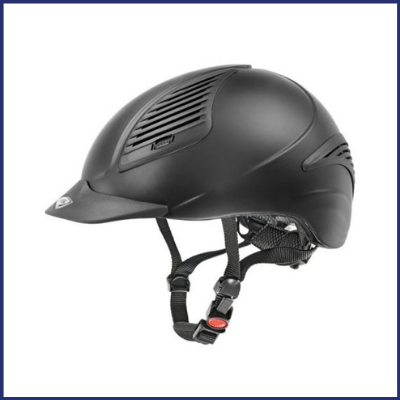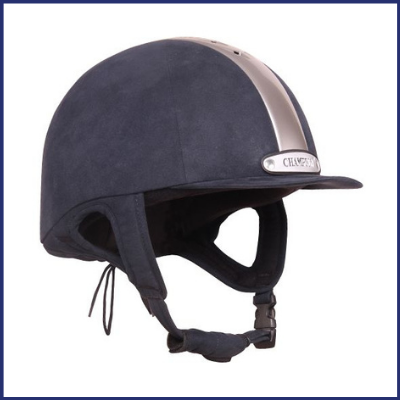Lightweight Riding Helmets
What is a lightweight riding helmet?
A lightweight riding helmet is a protective hat that has been specifically designed for horse riding. Historically in English equestrian disciplines a rider would wear a traditional velvet riding hat. Jockey skull caps were then introduced to the more extreme equestrian sports for added safety. In recent years helmet design has progressed so there’s now a huge choice of stylish, sophisticated and lightweight riding helmets on the market.
Are lightweight riding helmets safe?
With so many different riding helmets available, it’s important to remember that you need to choose carefully. For the safest riding hat, choose one with multiple current safety standards, that has been manufactured by an equestrian safety wear specialist. There is more information on the safety of riding hats in our post on "Everything You Need To Know About Riding Hats".
When can I wear a lightweight riding helmet?
With stunning contemporary design and sophisticated styling, you’ll find lightweight riding hats are worn for almost all equestrian disciplines. If you look in any equestrian magazine you’ll see a range of the top riders all wearing modern lightweight riding helmets.
Many equestrians choose to wear a lightweight riding helmet for dressage competitions, showjumping competitions, hacking, schooling, everyday riding and horse riding lessons.
If a riding helmet has a fixed peak, then is it not permitted for cross country competition in the UK. For cross country you’ll need a jockey skull cap.
How to clean your riding helmet:
To clean the outside of your helmet, use a soft brush or damp cloth to gently wipe away any dust or dirt. To keep the inside of your hat fresh, use a specialist hat cleaner or deodoriser, like this one from Charles Owen which digests the dirt and grease.
To help keep your hat clean you can store it in a padded hat bag, this will also help prevent any knocks or bumps while you’re not wearing it.
Which lightweight riding helmet should I choose?
There are a few different considerations to make when purchasing a lightweight riding hat. You’ll need to think about when you’ll be riding in it and what activities you’ll be doing, which safety standards the hat has, what colour will match your outfit, and whether you want extra features like ventilation or a removable liner. Most importantly, you will need to choose a riding helmet that gives you the best fit, as this will offer you the best protection.
Charles Owen Ayrbrush Pinstripe Helmet
- Removable liner
- Low profile hat
- Front and rear ventilation
Safety Standards
- Kitemarked to PAS015:2011
- Kitemarked and CE marked to VG1 01.040 2014-12
- Certified by SEI to ASTM F1163
Champion Air-Tech Deluxe Riding Hat
- Low profile
- Ventilated
- Removable liner
- Adjustable dial fit
Safety Standards
- Kitemarked to PAS 015 2011
- VG01 01 2012
Gatehouse Chelsea Pro Air Vent Riding Hat
- Removable liner
- Ventilated
Safety Standards
- Kitemarked to PAS 015:2011
- Kitemarked to VG1 01.040 2014-12
UVEX Suxxeed Active
- Ventilation
- Adjustable dial
Safety Standards
- VG 01.040 2014-12
Champion Evolution Puissance Riding Hat
- Ventilated
- Synthetic suede 4 point harness
Safety Standards
- British Kitemarked to PAS 015 201
- VG01 01 2012
UVEX Suxxeed Glamour
- Adjustable dial fit
- Ventilated
- Swarovski crystal
- Sparkly centre
Safety Standards
- VG 01.040 2014-12
Charles Owen Ayr8 Plus Leather Look Riding Hat
- Removable liner
- Low profile hat
- Front and rear ventilation
Safety Standards
- PAS015:2011
- BSEN 1384 Kitemarked
Charles Owen YR8 Sparkly Riding Hat
- Ventilated
- Microfibre suede cover
Safety Standards
- Kitemarked to PAS015:2011
- Kitemarked and CE marked to VG1 01.040 2014-12
Gatehouse Air Rider MKII Riding Hat
- Extremely lightweight
- Well ventilated
- Four point harness
- Dial adjustment
- Removable liner
Safety Standards
- Kitemarked to PAS 015:2011
- VG1 01.040 2014-12
UVEX Exxential
- Extremely lightweight
- VentilatedAdjustable dial fit
Safety Standards
- VG1 01.040 2014-12
Champion Ventair Riding Hat
- Low Profile
- Synthetic Nubuck Outer
- Ventilated
Safety Standards
- British Kitemarked to PAS015
- VG1 01.040 2014-12
- ASTM F1163-15


